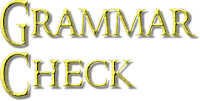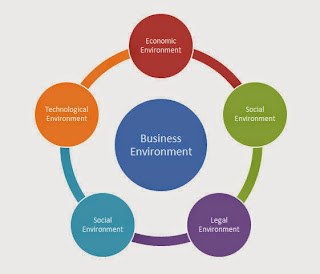Planning
V Short Q & A
Q1: Define Planning.
Answer: Planning in deciding in advance what to do and how to do. Before doing something, the manager always formulates an idea of how to work on a particular task.
Planning is selecting and relating of facts and making and using of assumptions regarding the future in the visualization and formulation of proposed activities believed necessary to achieve desired results.
Q2: What is meant by Market Orientation?
Answer: It means the firms start producing goods after analysing the market needs/requirements.
Q3: The planning function of management is conducted at which level of management?
Answer: At all the three levels.
Q4: Is planning all-pervasive function of managment? How?
Answer: Yes. It is a continuous process. All other functions of organizing, staffing, directing and controlling must reflect planning function of management. It prevails all levels of organization and departments.
Q5: What all qualities are required for doing planning?
Answer: Intelligence, Imagination, Foresight, Sound Judgment.
Q6: Planning strangulates the initiative of the employees and compels them to work in an inflexible manner”. What does it imply?
Answer: Planning reduces creativity.
Q7: Point out whether Planning is a physical or mental activity.
Answer: Planning is a mental activity. It requires application of the mind involving creative thinking and imagination, foresight & judgment. A manager can make efficient plans only when he has sound judgment, foresignt & vision. Planning, in not mere guess work but involves logical and systematic approach.
Q8: How does planning create rigidity?
Answer: Planning creates rigidity by putting adverse effect on initiative taken by the managers.
Q9: Which limitation of planning suggest that the employees stop thinking and become the blind followers of Plan?
Answer: Planning reduces creativity.
Q10: Does planning help eliminating risk?















